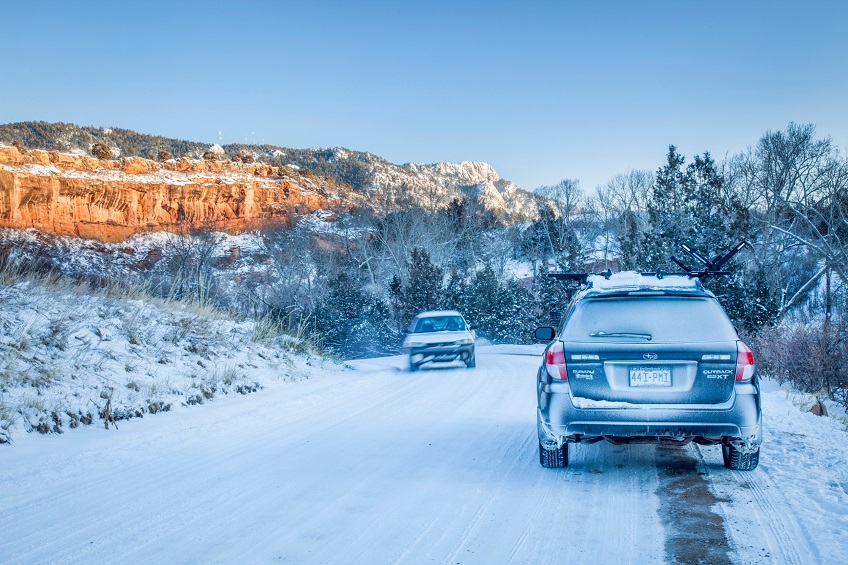
Whether you know how to handle your vehicle in the snow or not, it’s always beneficial to refresh yourself on driving safely in snowy conditions. Sometimes lack of experience is problematic, but other times overconfidence is the culprit. Here are some great winter driving tips from Car and Driver Drive smoothly: Gentle movements, gradual acceleration and deceleration, and deliberate actions is key. Quick and jerky movements cause your tires to lose traction, and in the winter, those tires are clinging on to anything it can, and you want to keep it that way. Understand all-wheel drive: If you have AWD, it can give you a false sense of security. AWD may help with traction, but it doesn’t improve the ability to turn or stop on snowy or icy conditions. Get winter tires: Winter tires are hugely beneficial in the snow. But even if you don’t get actual winter tires, make sure you have tires with good traction once the snow falls. Bare tires can’t grip onto anything and you’ll be a sliding mess out there. Look/plan ahead: When it’s slippery out, allow at least double the stopping distance. Anticipate your actions well before you need to do so. When you need to exit, make your lane changes slowly and far in advance, even if it slows you down. If you see a hill or turn ahead, assess your speed and make changes early. Handle skidding expertly: If you start skidding, look where you want to go, not where you are. Don’t panic or slam the brakes. Respond to front-wheel skids by simply easing off the gas. The tires will eventually regrip and you can steer where you need to go once traction is achieved. For rear-wheel skids, turn the wheel in the same direction your rear end is sliding, ease off the gas but don’t hit the brakes. Once traction is regained, you can steer where you need to go. Gentle responses are best, but if you are definitely going to hit something, apply those brakes in the correct way (described next). Use your anti-lock brakes: All newer vehicles have ABS, so if your car has it and you’re headed into a crash, push the pedal down and don’t release it. You should feel them shudder if they’re working. Keep steering and let the ABS do its job. Listen to the lights: The icon of a car with lines behind it on your dashboard is your notification for stability control. If you’re accelerating and that starts blinking, listen to it. Back off the gas and try again more gently and slowly. Know the road and assess traction: If the road looks slick, you can assess it by gently applying the brakes for a couple seconds to see if the ABS kicks on. If so, it’s slick. Slow down reasonably and up your concentration on the road. Pay attention to shiny spots, the temperature, slushy areas, or dry spots. Dry snow is usually not as dangerous as the slush. Carry supplies: It’s a good idea to be prepared for emergency situations, and there are a lot of emergency car kits out there. Blankets, shovels, toolboxes, salt, and tow straps are great starter items for winter needs.